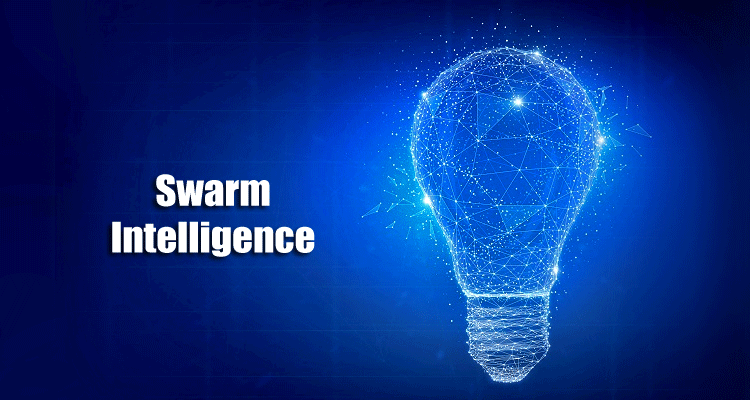Swarm Intelligence

The Swarm intelligence is the cumulative behavior of decentralized, self-organized systems, natural or artificial. SI systems are typically made up of a population of simple agents connect locally with one another and with their surroundings. Often the influence comes from nature, especially living systems. The agents follow very easy rules, and although there is no centralized control structure dictating how individual agents should behave, local, and to a certain degree random, interactions between such agents point to the evolution of “intelligent” global behavior, unknown to the individual agents. Examples of Swarm intelligence seen in include ant colonies, bird flocking, animal herding, bacterial growth, and fish schooling.
A brain is a system of neurons so deeply connected that an intelligence forms and a swarm is a system of brains so deeply connected that a super intelligence forms.
Swarm is a brain of brains and it can be smarter than any individual member. Research on SI started in the late 1980s. Moreover the applications to conventional optimization problems, SI can be used in library materials acquisition, communications, medical data set classification, dynamic control, heating system planning, moving object tracking, and prediction. Certainly, the SI can be applied to a variety of fields like fundamental research, engineering, industries, and social sciences.
A swarm of robots would work on the same ideals as an ant colony: each member has a simple set of rules to follow, leading to self-organization and self-sufficiency.

For instance, researchers at Georgia Robotics and Intelligent Systems (GRITS) created a small swarm of nano robots that can spell and play piano. The robots cannot communicate, but based solely on the position of surrounding robots, they are able to use their specially-created algorithm to determine the optimal path to complete their task.
Some experts estimate at least 30 nations are actively developing drone swarms—and even submersible drones—for military missions, including intelligence collection, missile defense, precision missile strikes, and amplified communication.
NASA also plans on deploying swarms of tiny spacecraft for space exploration, and the medical community is looking into using swarms of nano robots for precision delivery of drugs, microsurgery, targeting toxins, and biological sensors.

